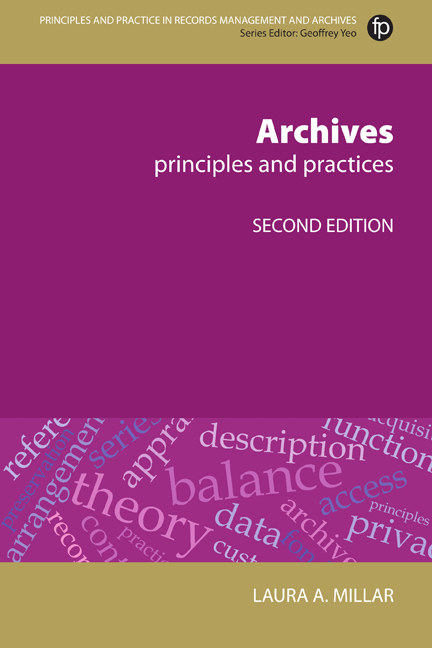Introduction to the second edition
Published online by Cambridge University Press: 08 June 2018
Summary
Habit is either the best of servants or the worst of masters.
Nathaniel Emmons (1745–1840)I began the first edition with a story that bears repeating, which goes as follows. A young woman asked her mother why she always cut the end off her roast before putting it in the oven. ‘You have to’, her mother replied. ‘It's the only way to cook a roast. That's what my mother taught me’. Not satisfied with this explanation, the woman posed the same question to her grandmother. ‘Cutting the end off is critical’, said the grandmother. ‘If you don't, the roast comes out tough and flavourless. That's how my mother did it, and that's the way it is done’. Still unsatisfied, the woman asked her great-grandmother, a matriarch of 90-plus years, if she always cut the end off her roast before cooking it. ‘Absolutely’, replied the great-grandmother, ‘Without fail’. ‘But why?’ begged the young woman, looking for some logic behind the tradition. Her great-grandmother looked puzzled. ‘Well, dear’, she finally said, ‘I had to. My roasting pan was too small’.
My point then and now is that much of what we do in life comes from habit and tradition. Our parents did it that way, and so do we; our supervisor showed us that method, and we adopted it on as our own; our teacher insisted on that approach, and we have never tried another. Individual and group behaviour – from cooking food to building houses to communicating and documenting ideas and information – are as much a result of the repetition of habits and traditions as the application of theories and principles. We do it that way because ‘that's the way it is done’.
From time to time, though, we need to step back and ask why we do something in a particular way, especially if other options are available. Why do we build houses out of wood or brick or stone? Why do some of us prefer Apple Mac computers and some only use PCs? Why do Americans use letter-size paper, while the English use A4 paper? Why do we cut the end off our roast?
Information
- Type
- Chapter
- Information
- ArchivesPrinciples and Practices, pp. xix - xxviiiPublisher: FacetPrint publication year: 2017
